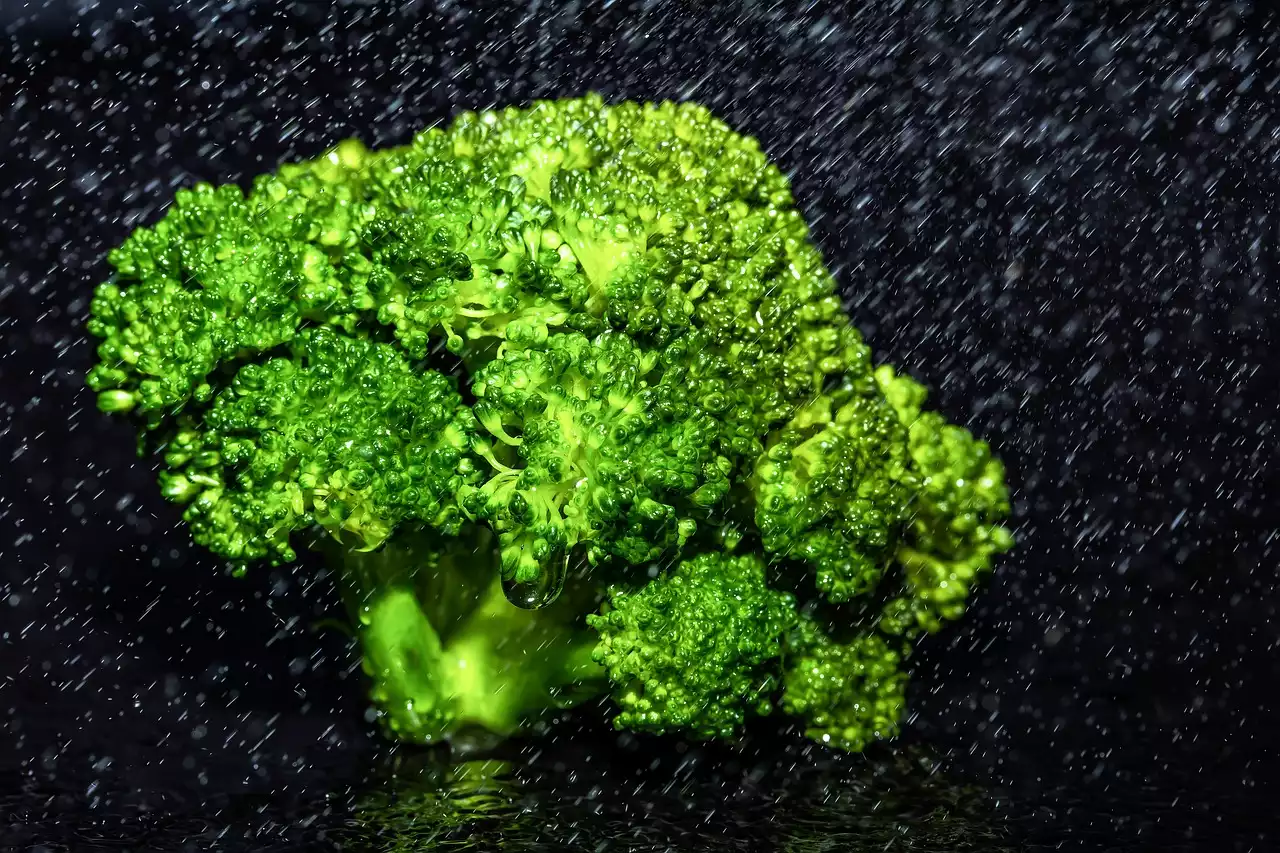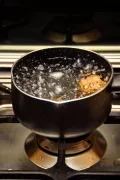Preserving food has been a practice for centuries, from salting to canning. One of the most popular and effective methods is blanching. Blanching is the process of quickly boiling food for a short period and then immediately cooling it in ice water to stop the cooking process. This method helps preserve the texture, flavor, and color of the food while extending its shelf life. In this article, we'll take a closer look at blanching and how it can be used to preserve various types of food.
What is Blanching, and How Does it Work?
Blanching is a method of preserving food that involves briefly boiling the food in water and then quickly cooling it in ice water. This process helps to retain the texture, flavor, and color of the food while extending its shelf life.
The blanching process works by inactivating the enzymes in the food that cause it to deteriorate over time. These enzymes are responsible for breaking down the food's nutrients and altering its texture, flavor, and color. By blanching the food, the enzymes are inactivated, which slows down the deterioration process and extends the food's shelf life.
Blanching is a simple process that can be used to preserve a wide range of foods, including fruits, vegetables, meat, seafood, grains, and legumes.
Blanching for Fruits and Vegetables
Blanching is an effective method for preserving fruits and vegetables. The process involves blanching the food in boiling water for a short period, typically 1-2 minutes, and then quickly cooling it in ice water. This process helps to retain the food's texture, flavor, and color while extending its shelf life.
The length of time that fruits and vegetables should be blanched depends on the type of food being blanched. For example, leafy greens should only be blanched for 30 seconds, while broccoli should be blanched for 3-4 minutes. It's important to follow the recommended blanching times for each type of food to ensure that it is properly preserved.
Once the food has been blanched and cooled, it can be stored in the freezer for long-term preservation. Blanched fruits and vegetables can be stored in the freezer for up to 12 months.
Blanching for Meat and Seafood
Blanching is also an effective method for preserving meat and seafood. The process involves blanching the food in boiling water for a short period, typically 1-2 minutes, and then quickly cooling it in ice water. This process helps to retain the food's texture, flavor, and color while extending its shelf life.
The best types of meat and seafood for blanching include chicken, beef, shrimp, and scallops. It's important to follow the recommended blanching times for each type of food to ensure that it is properly preserved.
Once the meat or seafood has been blanched and cooled, it can be stored in the freezer for long-term preservation. Blanched meat and seafood can be stored in the freezer for up to 6 months.
Blanching for Grains and Legumes
Grains and legumes can also benefit from blanching. The process involves soaking the grains or legumes in water for several hours, draining the water, and then blanching them in boiling water for a short period, typically 1-2 minutes. Once blanched, they are quickly cooled in ice water.
The best types of grains and legumes for blanching include rice, quinoa, and lentils. It's important to follow the recommended blanching times for each type of food to ensure that it is properly preserved.
Once the grains or legumes have been blanched and cooled, they can be stored in the freezer for long-term preservation. Blanched grains and legumes can be stored in the freezer for up to 12 months.
Tips for Successful Blanching
Blanching is a simple process, but there are a few tips and tricks that can help ensure that your food is properly preserved.
- Choose fresh, high-quality food. The quality of the food you are blanching will affect the final result. Choose fresh, high-quality food for the best results.
- Use the right equipment. Use a large pot for blanching, and make sure that it is filled with enough water to cover the food.
- Prepare the food properly. Wash and trim the food as needed before blanching.
- Follow the recommended blanching times. The recommended blanching times vary for different types of food. Be sure to follow the recommended times to ensure that the food is properly preserved.
- Cool the food quickly. After blanching, it's important to quickly cool the food in ice water to stop the cooking process and preserve its texture, flavor, and color.
- Properly store the blanched food. Once the food has been blanched and cooled, it should be properly stored in the freezer for long-term preservation.
Conclusion
Blanching is a simple yet effective method for preserving a wide range of food. Whether you're looking to preserve fruits and vegetables, meat and seafood, or grains and legumes, blanching can help extend the shelf life of your food while retaining its texture, flavor, and color.
By following the tips and recommendations provided in this article, you can enjoy fresh, flavorful, and nutritious food all year round. Blanching is a great way to preserve the bounty of the summer harvest or to stock your freezer with nutritious meals for the winter months.
Remember to choose fresh, high-quality food, use the right equipment, and follow the recommended blanching times for each type of food. With the right knowledge and tools, blanching can be an easy and effective way to preserve your favorite foods.








